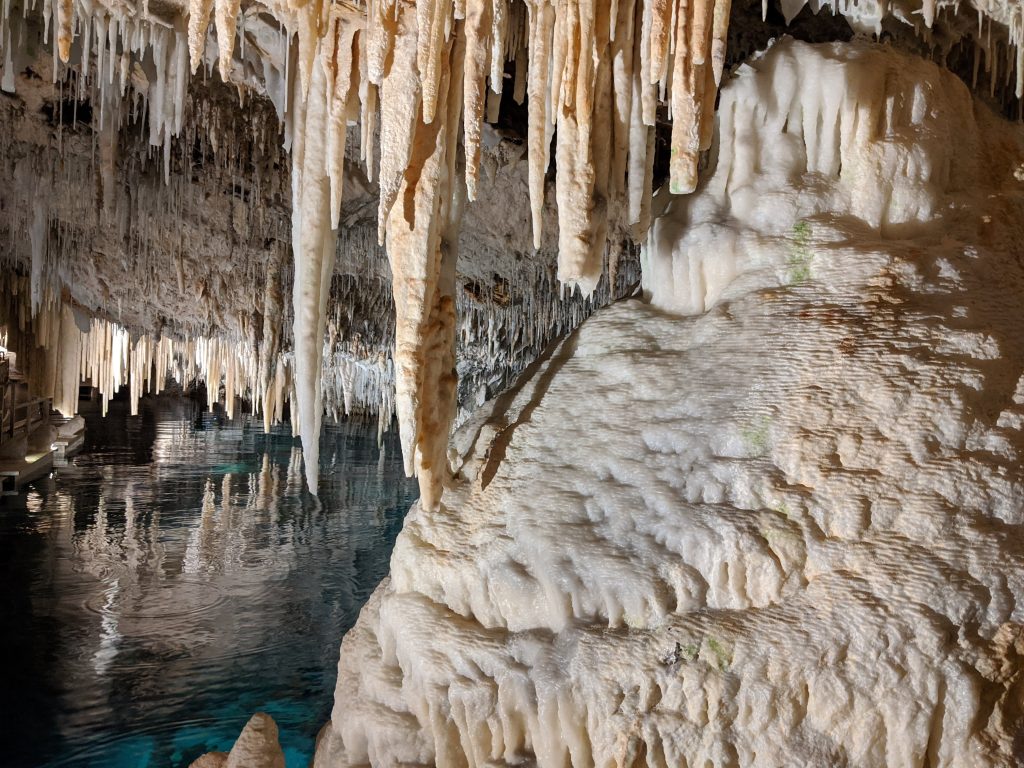
“The caves on the island hold a breathtaking number of living things — a few recognizable, most not known to science.” This was what Leocadio Blanco-Bercial, an ecologist at the Bermuda Institute of Ocean Sciences, had to comment on the staggering find deep beneath ground beneath Bermuda’s layer of limestone bedrock. It was in 2025 when the scientific world was abuzz with the official release of a recently discovered species of copepod, Tetragoniceps bermudensis, that put the “hidden” sensitivity and intelligence of ecosystems dwelling in the island’s tidal caves on the world map.
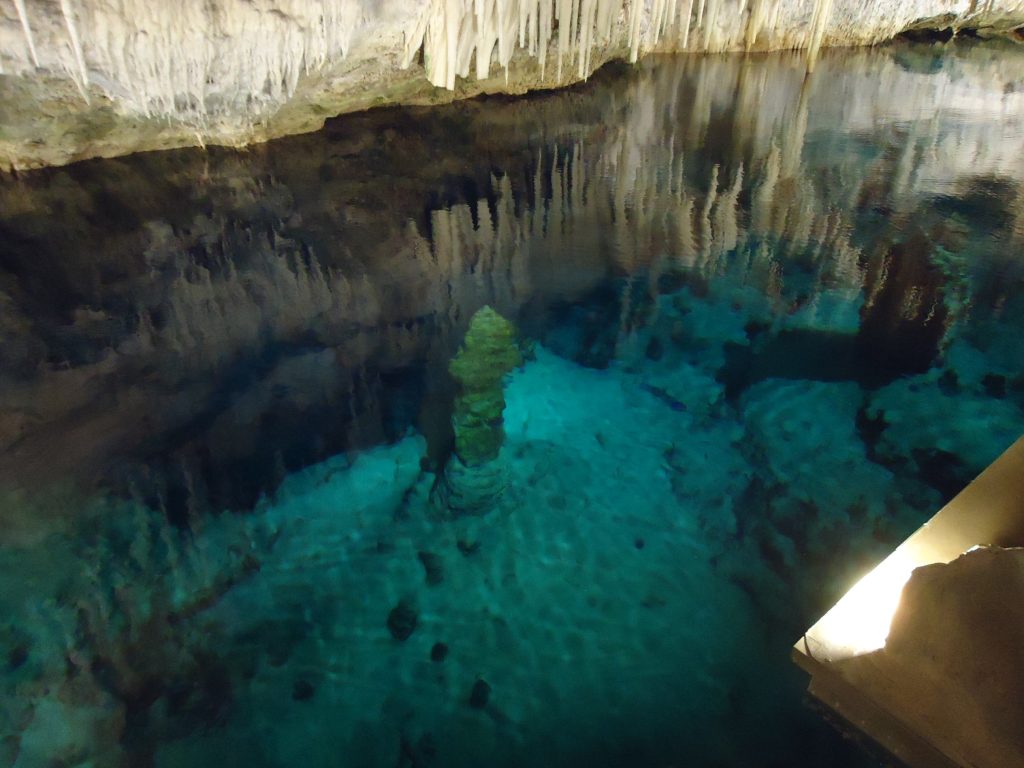
Not empty, empty spaces, but living biological gems, Bermuda’s anchialine caves. This new find not only enriches life’s roll but also challenges conventional wisdom related to evolution in seclusion, the function of unseen species, and the need to save. The following are our nine key takeaways from this stunning find and its larger scientific impact.
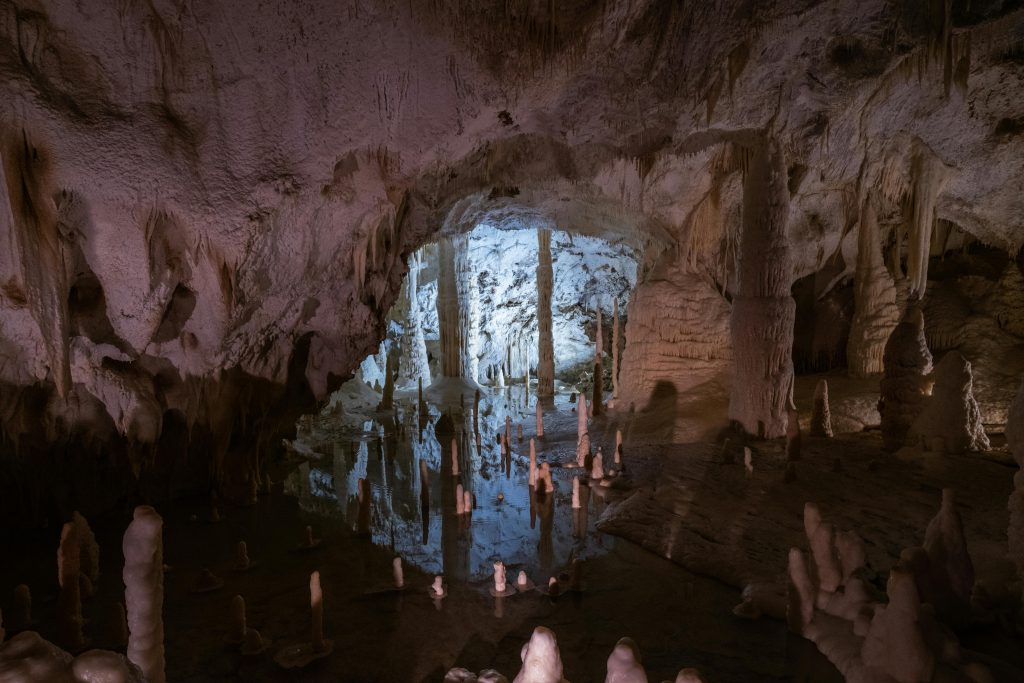
1. A Rare Discovery in the Deep
Tetragoniceps bermudensis is the first cave-dwelling member of its genus on the planet and second known only in its family. The specimen a solitary egg-carrying female just over a millimeter long was discovered in Roadside Cave, a dark, anoxic tidal pool within Bermuda’s Walsingham District. This unprecedented find, confirmed by thorough morphological and genetic analysis, stands to illuminate the notion that despite the most studied regions, much hidden biodiversity remains.
As University of Cambridge’s Giovanni Mussini wrote, “This discovery at Roadside Cave contributes to the overall diversity of endemic crustaceans (and other cave fauna) of the island cave system.”
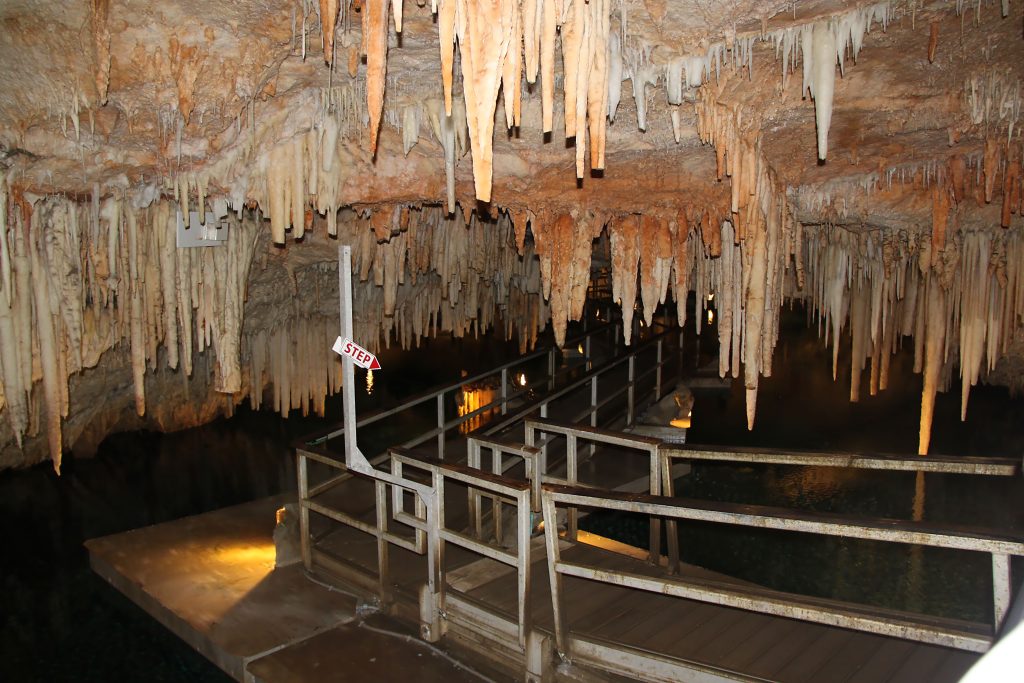
2. The Enigmatic Universe of Anchialine Caves
Bermuda’s anchialine caves are mined in ancient carbonate rock and are inhabited by a dynamic mixture of seawater and freshwater. Cave systems, complete with bedded segments and virtual perpetual darkness, support specialized ecosystems that have developed independently for thousands of years. The unique environmental gradients from low oxygen levels to limited nutrients create a niche for only the strongest and most tolerant organisms to exist.
Science has proven that these caves are zones of high diversity, a minimum of 79 native species, 67 crustaceans, and 21 copepods, the majority being endemic and having adapted to live in thin crevices and stagnant water.

3. Evolutionary Isolation and Ancient Lineages
The evolutionary history of T. bermudensis is a living record of the process of species evolution and survival in the ultimate isolation. The stable, stressful environment of anchialine caves act as refugia that allow ancient lineages to survive with relative autonomy.
The stressful, though stable, conditions impose unique evolutionary patterns, resulting in highly specialized and sometimes relict species.
As the research group notes, T. bermudensis “might be an ancient, early-diverging member of its line of descent,” and this means that the Bermuda caves are not only diversity reservoirs but also natural laboratories for the observation of speciation and adaptation.
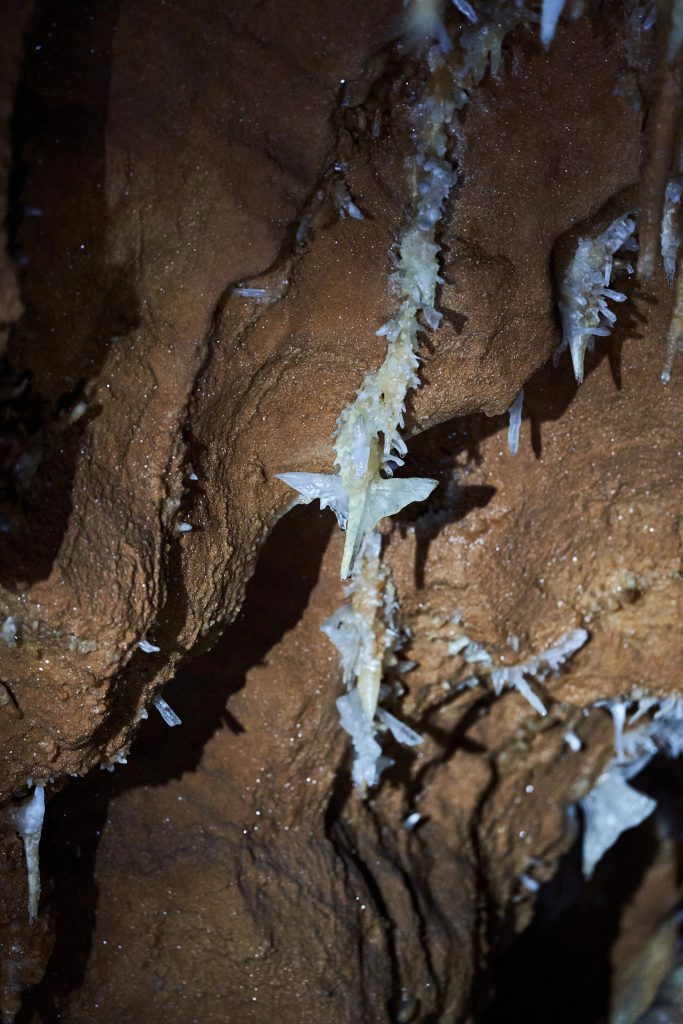
4. The Challenge and Significance of Naming Cryptic Species
Cryptic species, morphologically identical but genetically divergent species, present a fundamental challenge to taxonomy and conservation. Molecular work revealed that what appeared to be one cosmopolitan species may comprise dozens of narrowly endemic lineages with singular ecological niches and extinction risk. Description and nomenclature of cryptic species is not an intellectual exercise but is essential for effective conservation planning as underappreciated diversity can mask the true level of extinction risk.
Recent studies of underground amphipods suggest that the inclusion of hidden species within conservation estimates will double regional species richness and reveal previously underestimated conservation targets.

5. The Role of Copepods in Subterranean Food Webs
Although minute, a few species, e.g., T. bermudensis in the copepod phylum, are keystone species within freshwater and marine food webs. They transfer energy from microscopic algae to larger predators, maintaining finely calibrated nutrient cycling and energy transfer in such low-nutrient habitats. Within Bermuda cave ecosystems, such copepods maintain low-light and low-oxygen-adapted specialized food webs.
The presence of these organisms is particularly used to emphasize the ecological value of anchialine caves, in which endemic populations support delicate communities that are extremely sensitive to disturbance.
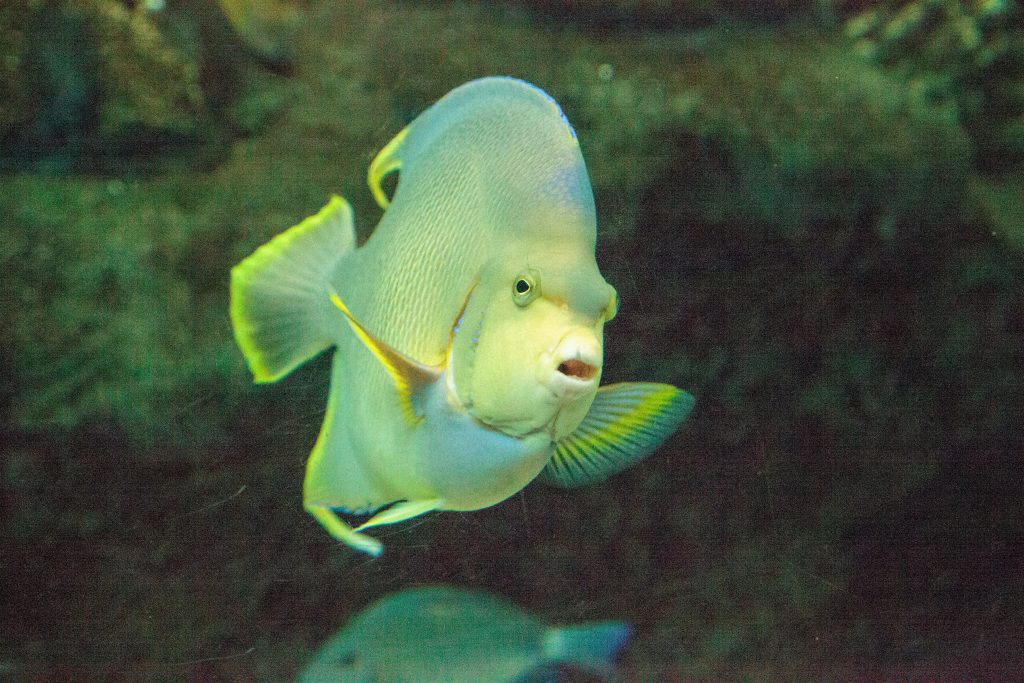
6. Discovery to Description: A Decade of Scientific Rigor
The journey from field capture to acceptable species description is often difficult and long, particularly for inconspicuous cave inhabitants. That of T. bermudensis began in 2016 as a specimen found by a person and concluded in its official description in 2025 following several years of focused morphological and genetic study. This required international collaboration and high-tech imaging facilities, such as confocal laser scanning microscopy, to uncover microscopic anatomical information.
This seriousness ensures that fresh species are accurately classified and segregated, which opens the way for further research and protection measures.
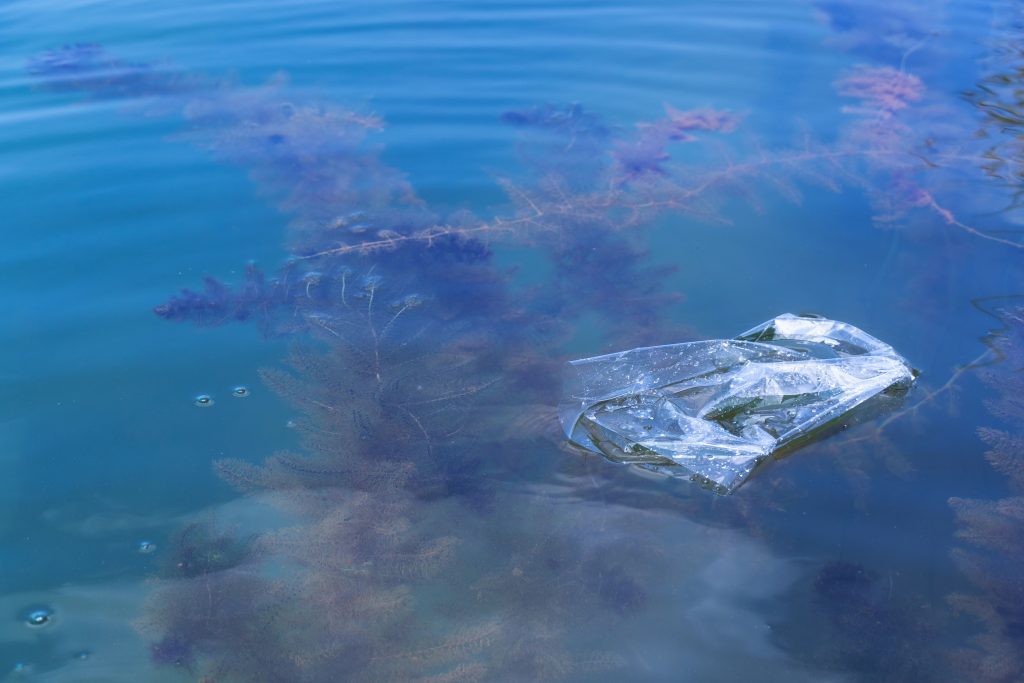
7. Environmental Threats and Importance of Conservation
Underwater environments of Bermuda are becoming more vulnerable to urban development, pollution, desecration, and inadequate access controls. All these have the potential to disrupt the delicate physical and chemical equilibria of anchialine systems and result in habitat degradation and loss of native fauna. Findings of T. bermudensis have precipitated calls for official protection for such caves as Roadside Cave and tightening of environmental protection regulations.
“These threats suggest the need for official protection of roadside cave and enforcement of existing measures to conserve Bermuda’s anchialine fauna,” the ZooKeys paper concludes.

8. Wider Scientific Implications: Evolution, Climate, and Astrobiology
Cave-specialized animal research like that on T. bermudensis has implications far beyond taxonomy. Anchialine caves also have natural analogues in the sense of what type of environment life adapts to survive, and the results have relevance for the climate change biology and even astrobiology. The low-nutrient, low-oxygen stratified environments of anchialine caves compare to some of the extraterrestrial habitats and are therefore the best places to examine the limits of life.
This type of research also demonstrates its contribution to biotechnology and environmental science, and how biodiversity underground can be harnessed for innovation and the broader application of our understanding about the strength of life.

9. The Power of Public Engagement and 3D Visualization
One of the challenges of preserving cryptic, microscopic creatures is to make their importance come alive in people’s minds. Innovative approaches, like printing large 3D models of T. bermudensis, are closing the gap. As Dr. Blanco-Bercial explained, “Having the opportunity to hold a model of the animal in your hand although it is only plastic or resin can make the experience all the better for visitors, school groups and colleagues alike.”
These findings not only inspire respect for these enigmatic creatures but also instill wider sympathy for the conservation of subsurface ecosystems.

The finding of Tetragoniceps bermudensis in Roadside Cave in Bermuda is more than a taxonomic footnote; it is a call for greater examination, scientific rigor, and conservation activity. Each new species that’s uncovered in these dark unknowings increases our understanding of evolution, ecosystem function, and the interwoven tapestry of life that exists beneath our feet. As threats to underground habitats mount, the scientific and moral necessity to conserve these delicate worlds is greater than ever before. The unseen diversity of Bermuda’s caves is a reminder that nature’s greatest wonders too often exist quietly in the darkness, awaiting discovery.


